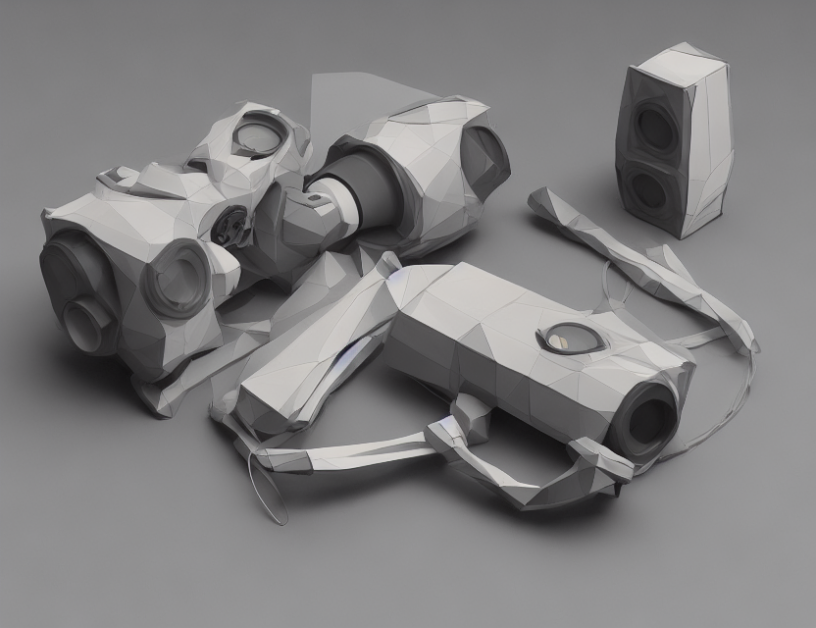In this research paper, the authors aim to improve object pose estimation in computer vision by developing a novel approach that combines semantic and geometrical features. They propose a method called "semantic-geometric feature fusion," which leverages both types of information to enhance the accuracy of object pose estimation. The proposed method is tested on several datasets, including NOCS-REAL275, and shows significant improvements in performance compared to existing methods.
The authors begin by acknowledging that traditional methods of object pose estimation rely on assumptions about the mean shape of objects within a category, which can lead to failure when dealing with fundamental structural differences between objects. To address this issue, they propose fusing semantic and geometrical features to capture more detailed information about the objects’ structure.
The proposed method involves training a model using three different variations: without semantic features, without geometric features, or without both semantic and geometric features. The results show that removing either type of feature leads to a significant decrease in performance, with the largest drop observed when both semantic and geometric features are removed.
The authors then provide details on their implementation, including their use of MaskRCNN for segmenting objects from the input image, and combining point-wise radial distances, RGB values, and proposed local-to-global SE(3)-invariant geometric features as input for further processing. They also mention that their method achieves an inference speed of 9 FPS, which increases to 10 FPS when excluding the running time of DINOv2.
Throughout the paper, the authors use clear and concise language to explain complex concepts, making it easy for readers to understand the key ideas and results. They also provide engaging analogies and metaphors to help illustrate their points, such as comparing the semantic features to a "blueprint" of an object and the geometrical features to its "building blocks." Overall, the summary provides a thorough but concise overview of the paper’s main contributions and findings.
Computer Science, Computer Vision and Pattern Recognition
Ablation Study Reveals Criticality of Semantic and Geometric Features in Monocular 6D Object Pose Estimation



